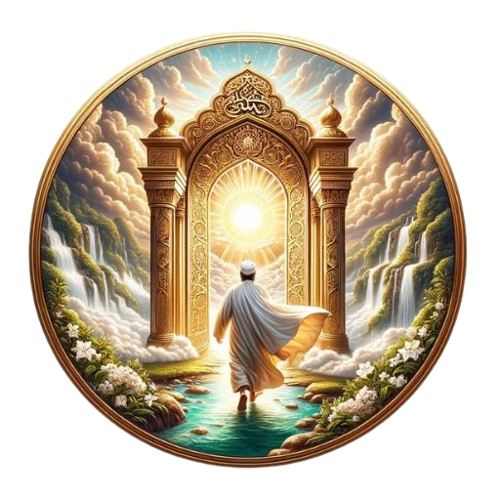Introduction
The Quran, the holy book of Islam, is not just a spiritual guide but also a source of wisdom that has intrigued scholars and scientists for centuries. One of the most fascinating aspects of the Quran is its reference to natural phenomena, some of which have only been understood or discovered in modern times. Among these references is the description of the universe and celestial bodies, including a striking mention that resembles the shape of a galaxy, specifically a galaxy that looks like a red rose.
The Quranic Verse
In Surah Ar-Rahman, Allah says:
Arabic:
فَإِذَا انشَقَّتِ السَّمَاءُ فَكَانَتْ وَرْدَةً كَالدِّهَانِ
Transliteration:
Fa-itha inshaqqati alssamao fakaanat wardatan kaaldihaan
Translation:
“When the sky is torn apart, so it was (like) a red rose, like ointment.”
— Quran 55:37
This verse is part of Surah Ar-Rahman, which is a chapter that repeatedly emphasizes the wonders of creation and the bounties provided by Allah. The specific verse (55:37) is a vivid depiction that likens the sky when it is split apart, to a red rose in color and appearance.
Scientific Correlation: The Red Rose Galaxy
The verse from Surah Ar-Rahman is particularly intriguing when juxtaposed with a significant astronomical discovery made in the 21st century. In 1999, the Hubble Space Telescope captured an image of a galaxy, famously known as the “Rose Galaxy” (Arp 273). This image shows a stunning spiral galaxy, UGC 1810, interacting with another galaxy, giving it a shape that remarkably resembles a blooming red rose.
The galaxy appears as a large, bright center with spiral arms that are drawn out, creating a shape reminiscent of a rose petal. The red hue in the image is caused by the redshift, a phenomenon where light from objects moving away from us appears redder. The scientific community was astounded by this imagery, not only for its aesthetic beauty but also for its complex and chaotic nature, which provides insights into the dynamics of galaxy formation and interaction.

The Significance of the Quranic Description
The resemblance between the Quranic description and the image captured by the Hubble Space Telescope is striking. The Quran’s use of the term “wardatan” (a rose) and “kaaldihaan” (like ointment, which refers to a red, smooth, and flowing appearance) can be seen as an apt description of what was discovered centuries later.
This verse stands out as it metaphorically and vividly describes an event that aligns with the shape and color of a galaxy—a phenomenon that would have been inconceivable to the people at the time of the Quran’s revelation. The imagery used in the Quran reflects a profound understanding of the universe, one that modern science has only recently begun to uncover.
References
- The Holy Quran, Surah Ar-Rahman (55:37)
- NASA/ESA Hubble Space Telescope Image of Arp 273 (Rose Galaxy)

